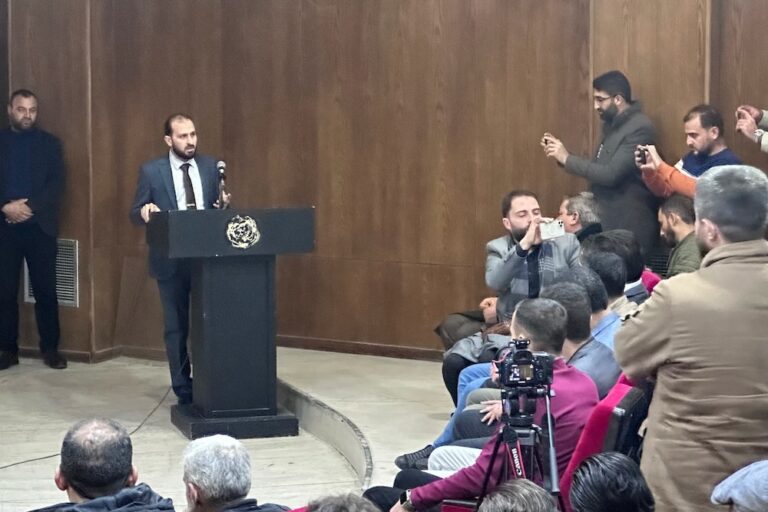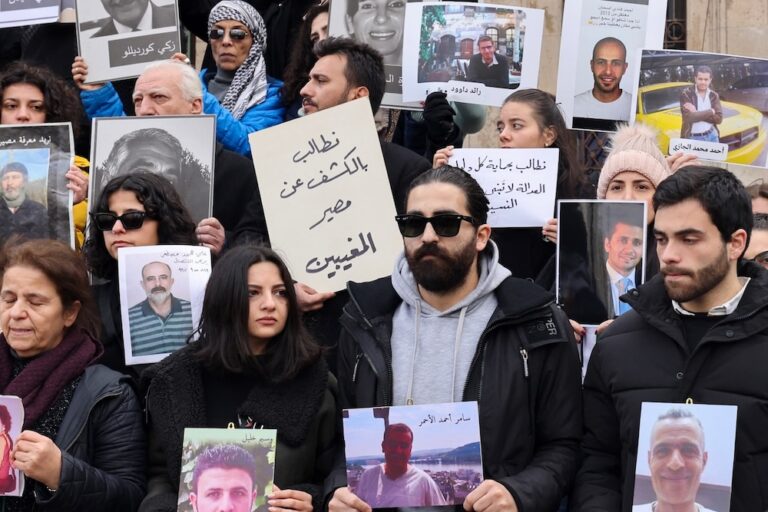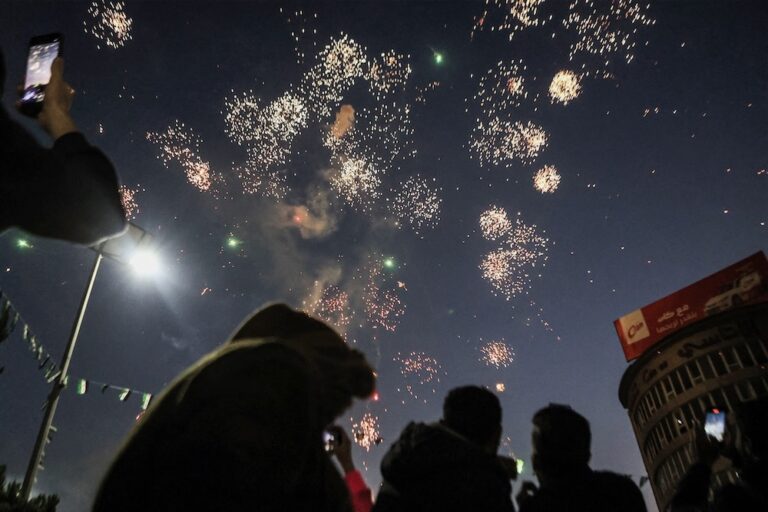On the tenth anniversary of the anti-government uprising that began Syria's civil war, Reporters Without Borders (RSF) evaluates this war's devastating impact on the country's media and journalists, of whom hundreds have been killed and at least another hundred have disappeared or have fled abroad.
This statement was originally published on rsf.org on 12 March 2021.
On the tenth anniversary of the anti-government uprising that began Syria’s civil war, Reporters Without Borders (RSF) evaluates this war’s devastating impact on the country’s media and journalists, of whom hundreds have been killed and at least another hundred have disappeared or have fled abroad.
It has been the deadliest-ever conflict for the media. What with the dangers inherent in covering a theatre of war in which 400,000 people have died, and persecution by both an authoritarian regime and radical armed groups, Syria’s journalists have paid a very high price, like the population as a whole.
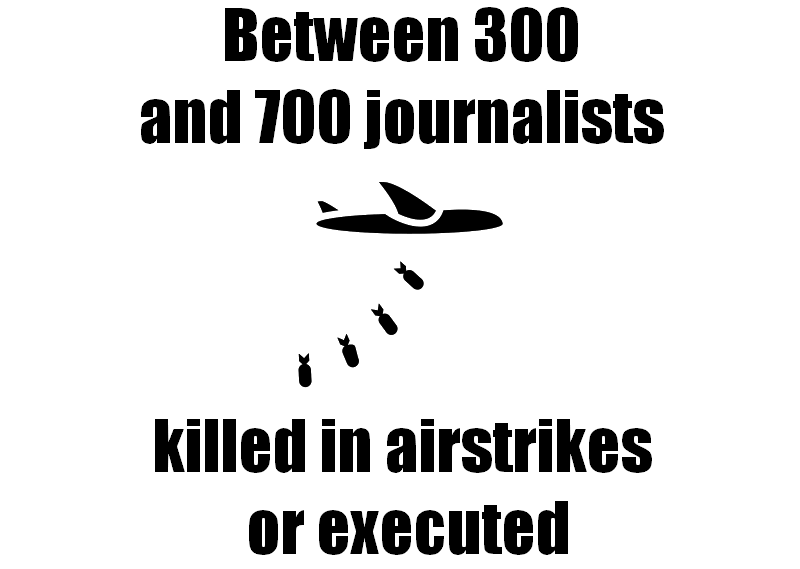
Since 2011, at least 300 professional and non-professional journalists have been killed while covering artillery bombardments and airstrikes or murdered by the various parties to the conflict, according to the information gathered by RSF. Although very high, this figure could in reality be even higher. In a report last year, the Syrian Network for Human Rights (SNHR) put the number of journalists killed at 700. Confirming such estimates is not currently possible because of the difficulty of accessing information and the total opaqueness with which government authorities and rebel groups have cloaked their atrocities.
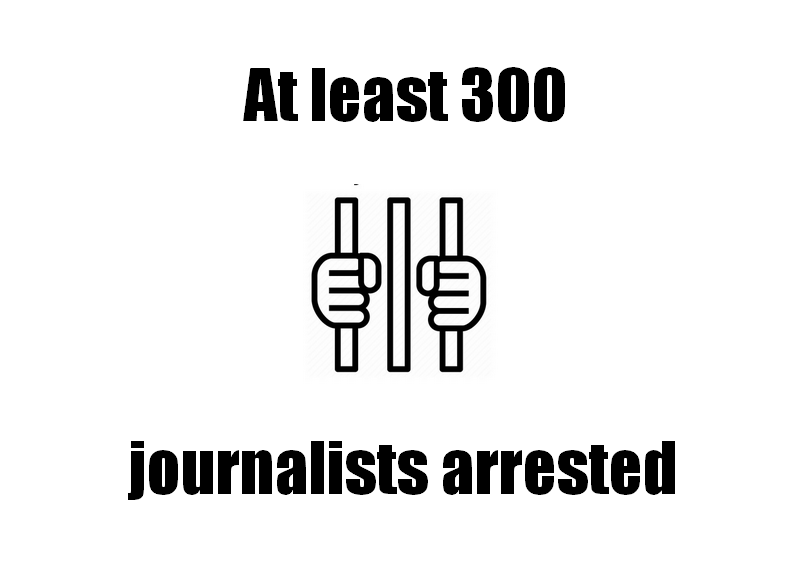
Hundreds of journalists have also been arrested or kidnapped. According to data compiled – and still being verified – by the Syrian Centre for Media (SCM), an RSF partner, more than 300 journalists have been arrested and nearly 100 have been the victims of abduction since 2011.
The government and its intelligence services were responsible for the arrests in the first two years of the war, but the break-up of the country saw the emergence of new persecutors of journalists, above all Jihadist groups such as Islamic State, the Al-Nusra Front and Jaysh Al-Islam. The citizen-journalist Razan Zaitouneh, for example, was abducted in December 2013 in Douma, a town just outside Damascus that was controlled by Jaysh Al-Islam. The Kurdish forces are still abducting journalists, carrying out three abductions in the first few months of 2021 alone.
Fate of the disappeared
Nearly 100 of the journalists who were arrested or abducted are now missing. Their families have not been able to determine their fate with certainty. They include foreign journalists such as Austin Tice, an American reporter missing since August 2012. In the absence of any news, some of the journalists are presumed to have died under torture or to have been executed. Sometimes the testimony of someone who shared a cell with them and saw them die allows the families to begin mourning. Sometimes, but more rarely, families obtain official confirmation that their loved-one died.
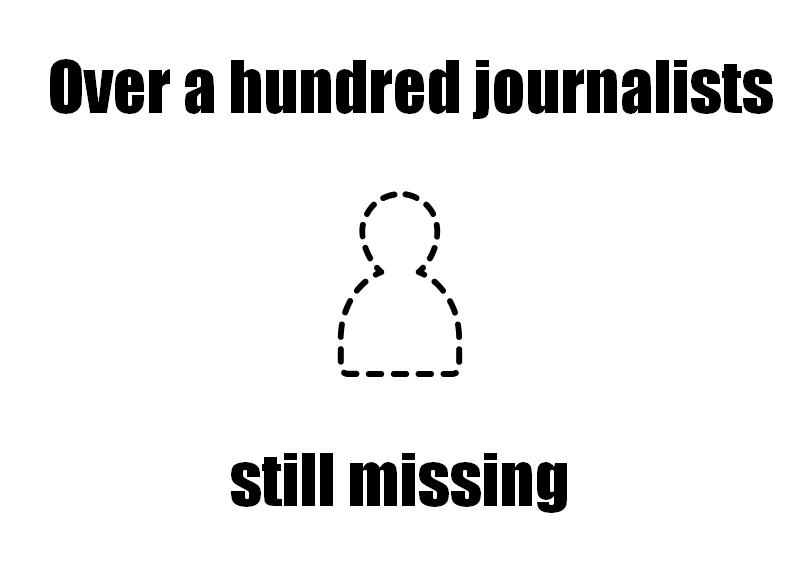
It was only recently that the authorities began issuing official death certificates. The wife of Jehad Jamal, a journalist better known as “Milan” who was imprisoned in 2012, finally received confirmation of his death in early 2020. The death certificate said he had died four years earlier in Saydnaya military prison, described as a “human slaughterhouse” by NGOs. It was the same with Ali Othman, a citizen-journalist who played a major role assisting foreign journalists in Homs. He was arrested in 2012 but it was only in early 2019 that his family obtained a document from the Homs civil register saying he died in prison with his brother Ibrahim in 2013.
Exodus of journalists
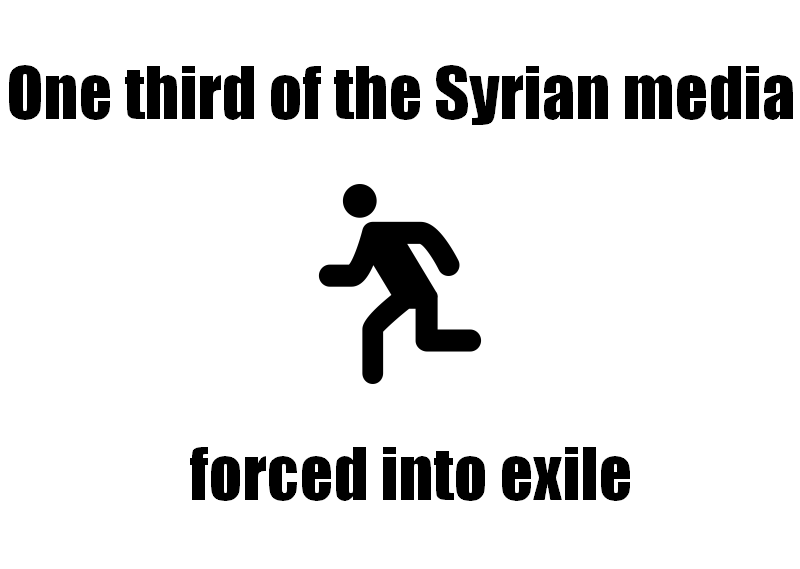
To escape arrest or a certain death, hundreds of journalists have fled into self-imposed exile, contributing to the process by which the country has been emptied of its media workers. The exodus has grown in the past two years as Bashar al-Assad’s government has recovered control of vast swathes of the country and his forces have been advancing on the last few enclaves still not under his control.
In anticipation of the fall of the southern city of Deraa, and the danger of reprisals against the journalists still there, RSF and its partner, SCM, intervened in 2018 to help extract 30 journalists from the city and get them to safety.
Syria continues to be the country that receives the most support from RSF’s assistance department. In the past ten years, more than 250 Syrian journalists and 26 media outlets have received financial assistance or training from RSF. Dozens of journalists continue to be in great danger in the northwestern province of Idlib, the last territory still held by a Jihadist group, Hay’at Tahrir al-Sham (HTS).

